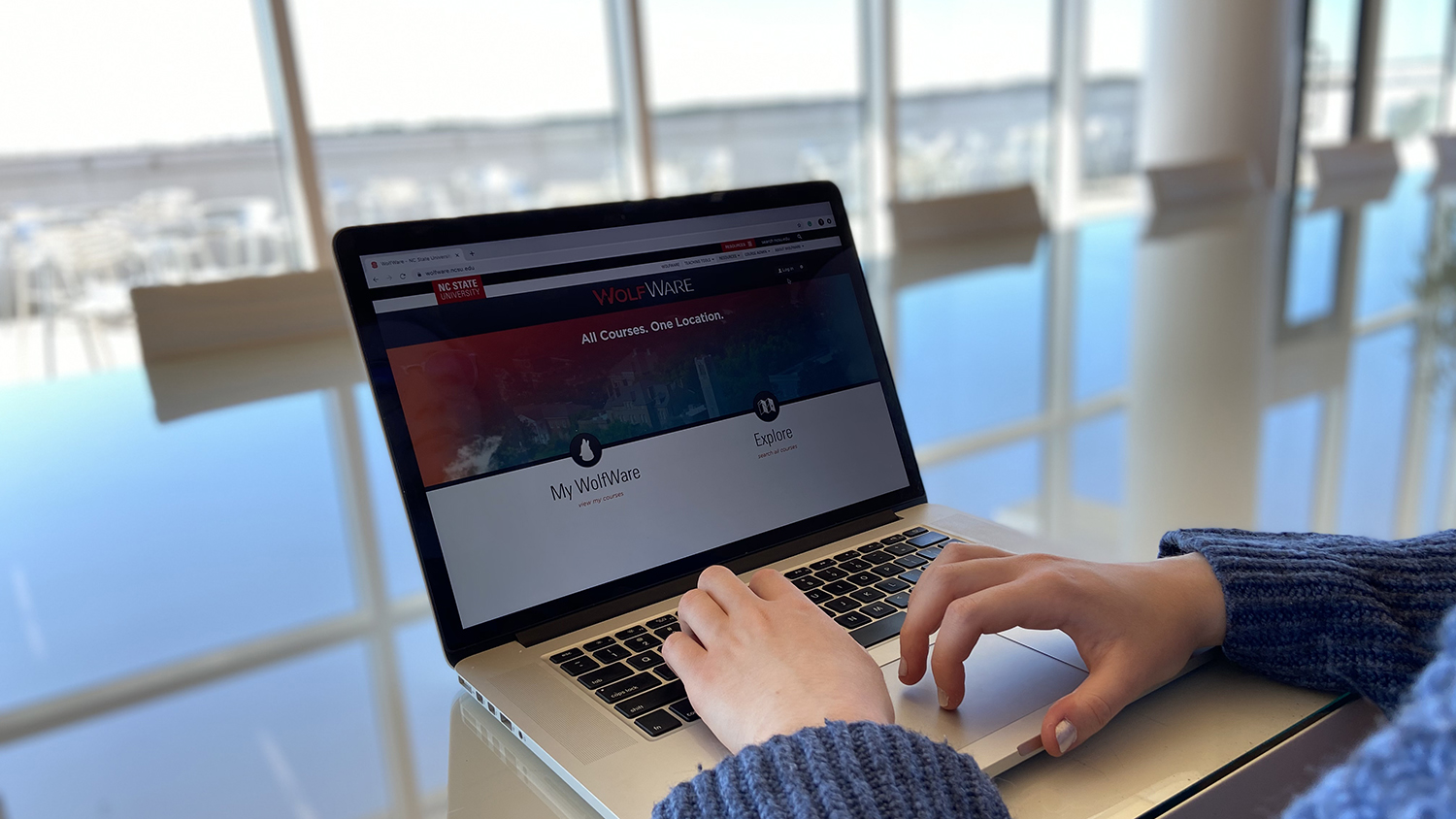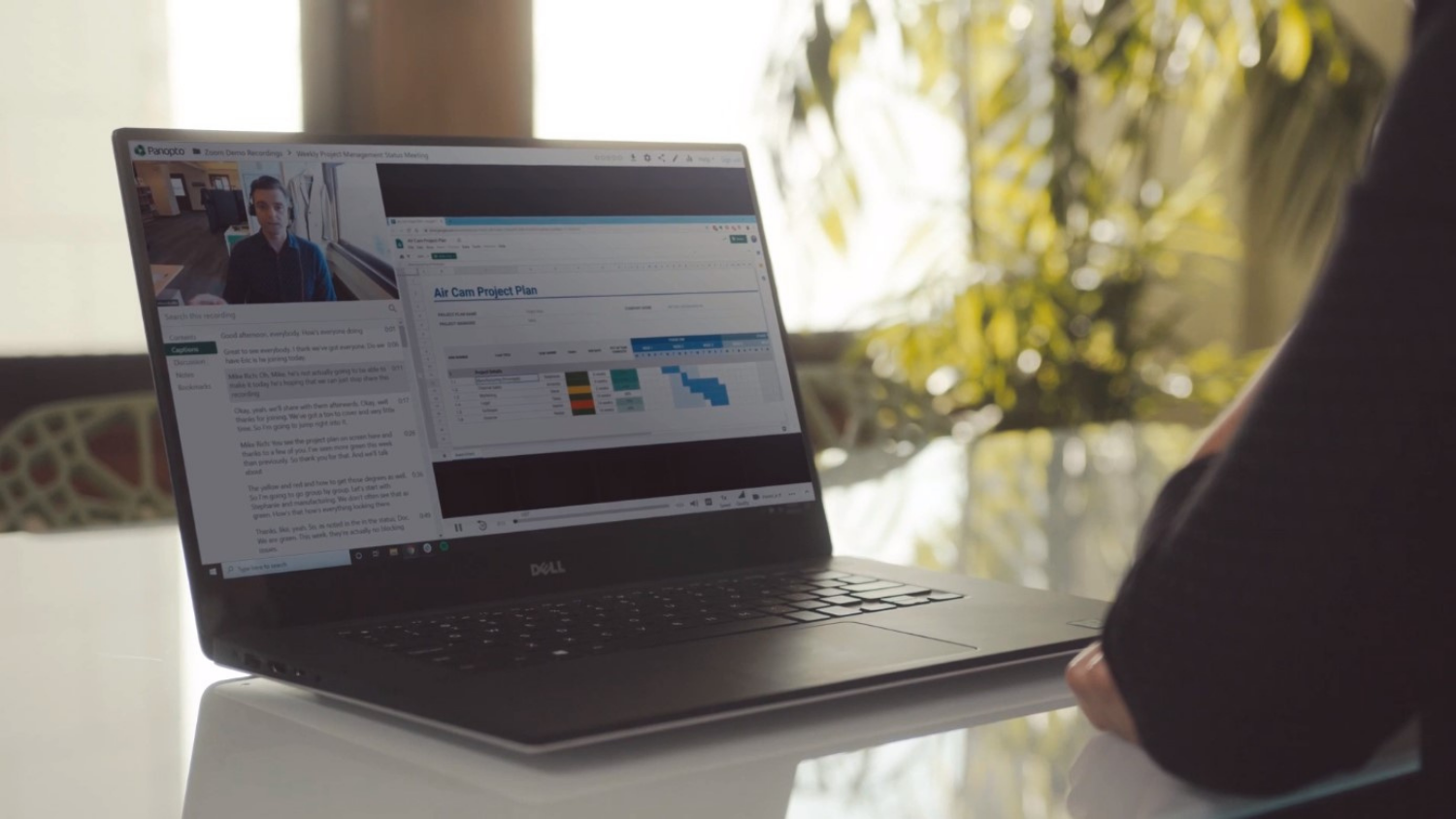Important Considerations for Teaching Online When That Wasn’t Your Original Plan

With all summer courses moving online, it is time to think about how you will communicate technology expectations to your students, what your plans are for student assessment, how you will provide student access to course materials, and how you will navigate the circumstances that you and your students may continue to face into the summer.
Technology Requirements and Access
As you make technology decisions for your summer course, aim to make your class as inclusive as possible. This means keeping the technology barrier low for students. Two important ways you can do this are to (1) make your content accessible to all students and (2) take into account the wide variety in technology skills and quality of home internet service. Courses with steep technology requirements will exclude some students who, if taking your course on campus, would otherwise have access to the tools they would need to be successful. Additionally, while the NC State University Libraries is accepting requests from students and instructors who need laptops, microphones, and cameras, these supplies are limited. Some equipment, such as webcams, is back-ordered with no guarantee of availability.
Items to Note in Your Syllabus
Be specific in your syllabus about the technology requirements students must meet to be successful in your online summer course. (Here is a syllabus template you can use; Google will prompt you to make a copy to save to Google Drive). At a minimum, you should state that students need access to a computer and reliable internet in order to succeed in an online class.
With technology limitations in mind, you may decide to give assessments that do not require video-based monitoring in an effort to minimize the technology requirements and maximize the number of students who can participate in your summer course. However, if you decide to require monitored exams using Respondus Monitor, let your students know they must have a PC or Mac computer, a web camera, a microphone, and a broadband internet connection.
If you are going to hold synchronous online meetings, inform your students of this requirement in the syllabus. (Synchronous meetings that are required should remain during your scheduled class time). In addition, if your class requires any specialized software, list that requirement in your syllabus as well. Check to see if syllabus language for the software is provided, such as the wording provided by Top Hat and Respondus Monitor (see “Resources for Instructors.”) The NC State Help Desk has support articles on using Zoom and using Moodle that you can also provide to students.
Preparing for Beginning a Term Online
Beginning a term teaching an online course is different than moving your course online mid-semester. Students may have different expectations, and they may have never met you face-to-face or met each other face-to-face. They did not start the term in person which means that you don’t have the advantage of being face-to-face in order to explain aspects of your course, build trust, establish a welcoming environment, or establish your presence as an instructor. However, there are a few steps you can take to ameliorate these differences.
- Email a welcome letter to students enrolled in your course about a week before classes start. In the letter, make sure you welcome the students to your course and introduce yourself and any co-instructors or TAs. You will want to let them know the start date of the course and any expectations about when they need to log in for the first time in technologies such as Moodle, and purchases required such as books or software. Other options include: your teaching philosophy, information, and help links for technologies you are using, learning/course objectives, and a checklist for getting started.
- Make introductions a requirement of the class. Online learners can feel isolated and detached because of the lack of social interaction. By requiring introductions at the beginning of your course, you help students build familiarity and trust. There are a variety of ways to do this with one of the simplest being a discussion board. You would instruct students on what information to post and ask that they interact with at least one or two classmates’ posts. Make sure you also introduce yourself in order to model what you want. Other instructors use technologies such as Flipgrid in which students can upload video introductions.
- Set students’ expectations early about your level of involvement in the course. As an online instructor, you will soon realize that the class continues whether you are online or not. In asynchronous courses, students may work online at all hours of the day. Let your students know what they can expect from you in terms of your involvement, such as how often you will be checking into the course, and the turnaround time for answering email and grading assignments. Some instructors create a HELP discussion forum exclusively where students can post urgent issues.
- Set expectations early about student levels of involvement in the course. Students also need to know what is expected of them, especially those who have never taken an online course. Some issues to address include: how often must students check into their course, how should students contact you, who students should contact for certain issues, and any other expectations that you want to highlight (even if they are in the syllabus.)
Assessments/Exams
Keep in mind that traditional, proctored exams (in person at DELTA Test Centers, and/or with a remote proctor) are not possible this summer. You may want to rethink your assessments, taking into consideration the facts that students may be taking your summer class without access to a full-featured computer workstation or broadband internet connectivity, and, at the same time, they may also be caring for family members affected by facility closures.
If you feel your course requires a monitored exam, as previously discussed, note the technology requirements upfront in your syllabus, and read more about available test monitoring, including limitations. If using video monitoring (e.g., Respondus Monitor), avoid making tests more difficult to take online than face-to-face (e.g., if an in-class exam allows students to skip around questions and review questions they’ve answered already, then set up your online exam to also allow students to skip around questions and check over their answers).
For additional considerations on assessments/exams during this time, read:
- Do You Really Need a Proctored Exam: An Invitation to Rethink Assessment
- 5 Reasons to Stop Doing Timed Online Exams During COVID-19
- Be flexible in assessing student learning
- Remote Teaching and Assessment: Some Considerations and Concerns for Exam Monitoring and Online Testing
Access to Course Materials, Communicating with Students, and More . . .
The Keep Teaching website lists a number of strategies for providing student access to course materials, communicating with students, collecting assignments, and more. Most instructors use Moodle, NC State’s learning management system, as the “course hub” for these course-related activities. To learn more about Moodle, take a DELTA workshop (synchronous and asynchronous formats), watch our video tutorials, or contact LearnTech for 1-to-1 assistance.
Synchronous Learning/Synchronous Class Meetings
When deciding which class meetings to have in “real time” (synchronously), select only high-impact activities (e.g., office hours; interactive discussions; student presentations; guest speakers). In contrast, didactic lectures can be recorded for students to watch independently; see next section.
For synchronous class meetings, use Zoom web conferencing as we have a campus license and students can log in with their NC State credentials. It is important to recognize the challenges inherent in requiring synchronous participation, and most challenges can be overcome by making attendance optional and recording meetings to share with students who could not attend. Another key to using Zoom effectively is preventing unwanted disruptions by restricting access to NC State students only. To learn more about Zoom, take a DELTA workshop, watch our video tutorials, or contact LearnTech for 1-to-1 assistance.
Recording Lectures
To pre-record lecture content, we recommend using My Mediasite. My Mediasite is a desktop recording platform instructors use to create instructional content on a personal computer or tablet. Instructors can edit their videos through a web-based editor and generate links to share their videos with students and others. The My Mediasite portal also allows instructors to upload other video files (including Zoom recordings), so that videos for a course are stored and managed in one location. To learn more about My Mediasite, review the My Mediasite Quickstart Guide, take a DELTA workshop, watch our video tutorials, or contact LearnTech for 1-to-1 assistance.
Getting Help
DELTA staff, as well as our partners across campus, including the Office of Faculty Development, the Libraries, and the instructional technologies staff who work in colleges and departments across campus, are available to help you get your summer course ready. To get assistance, email learntech@ncsu.edu or call the LearnTech help desk at 919.513.7094. If you need in-depth, one-on-one assistance with instructional design, teaching strategies, accessibility, course redesign, or incorporating new learning tools into your course, please complete and submit our instructional consultation request form.
Other useful information
- Frequently Asked Questions on the Keep Teaching website
- DELTA News articles:


